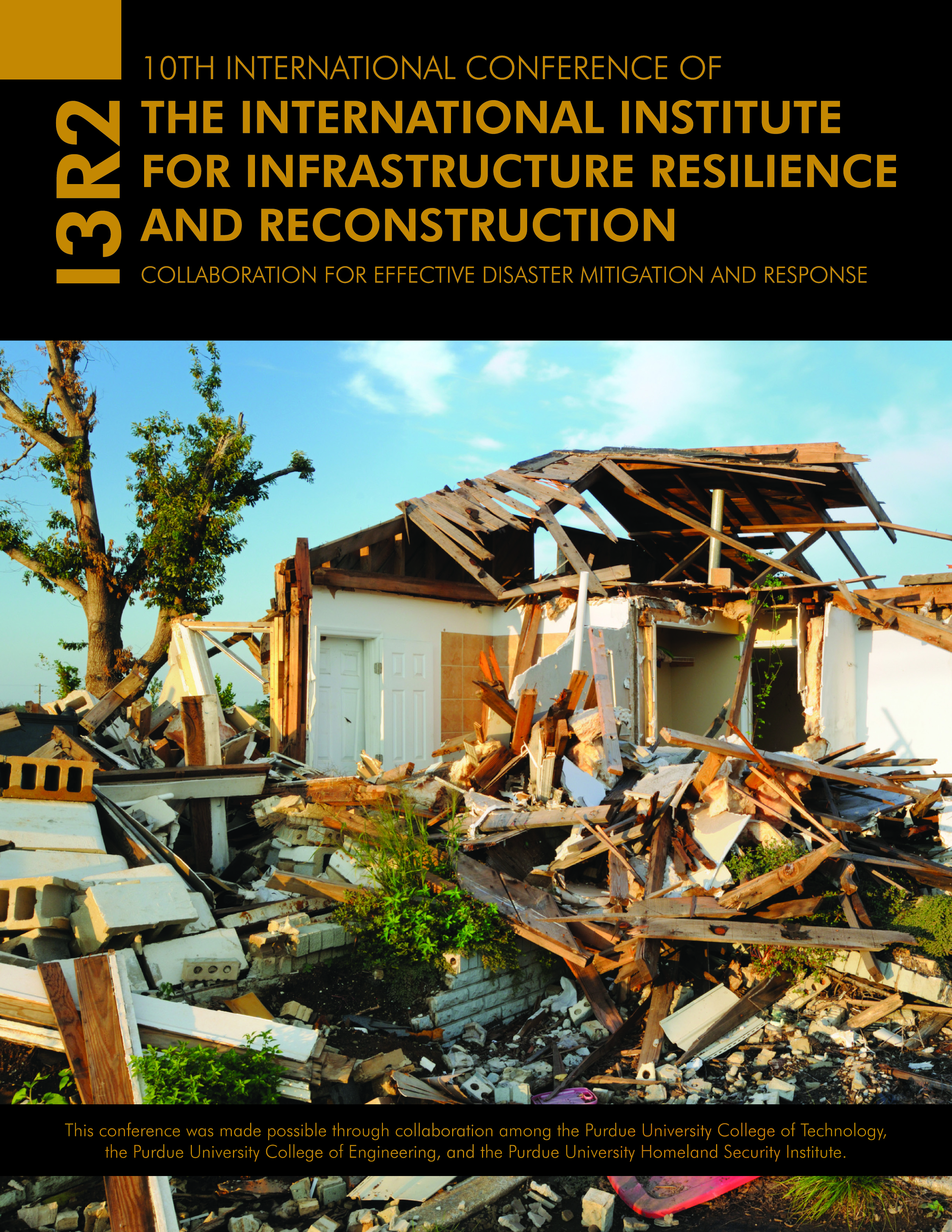Abstract
The frequency of natural disasters occurrences has increased and is becoming noticed by many due to the impact on economy, society, and the environment.
Decision making during disasters contributes towards community safety and resilience. Decisions taken to protect people from disasters have an impact on society, economy, environment, travel patterns, and reliability and performance of transport networks.
Decisions often affect the performance of transport networks and critical infrastructure systems during disasters and during demand times. Decision making and decision styles which were observed during disaster events will show the areas that the decisions have worked well or created more risks to the society. Risks to the community due to environmental disasters are high, and they are worsened when integrated with poor decision making and actions. Good decision making provides for community resilience, good connectivity between cities, improved efficiency, safety to communities, and improved network reliability to all road users during disasters.
This paper will examine decision-making scenarios used during disasters and how they impacted the community and provided for community resilience. The case study will identify ways to integrate decision making into disaster risk reduction and shows the decisions made during extreme events and how they impacted on the community and transport infrastructure.
Keywords
decision making, community resilience, transport planning
DOI
10.5703/1288284315349
Recommended Citation
Withanaarachchi, J., & Setunge, S. (2014). Influence of Decision Making During Disasters and How It Impacts a Community. In Randy R. Rapp & William Harland (Eds.), The Proceedings of the 10th International Conference of the International Institute for Infrastructure Resilience and Reconstruction (I3R2) 20-22 May 2014. (176-188). West Lafayette, Indiana: Purdue University.
Included in
Influence of Decision Making During Disasters and How It Impacts a Community
The frequency of natural disasters occurrences has increased and is becoming noticed by many due to the impact on economy, society, and the environment.
Decision making during disasters contributes towards community safety and resilience. Decisions taken to protect people from disasters have an impact on society, economy, environment, travel patterns, and reliability and performance of transport networks.
Decisions often affect the performance of transport networks and critical infrastructure systems during disasters and during demand times. Decision making and decision styles which were observed during disaster events will show the areas that the decisions have worked well or created more risks to the society. Risks to the community due to environmental disasters are high, and they are worsened when integrated with poor decision making and actions. Good decision making provides for community resilience, good connectivity between cities, improved efficiency, safety to communities, and improved network reliability to all road users during disasters.
This paper will examine decision-making scenarios used during disasters and how they impacted the community and provided for community resilience. The case study will identify ways to integrate decision making into disaster risk reduction and shows the decisions made during extreme events and how they impacted on the community and transport infrastructure.



